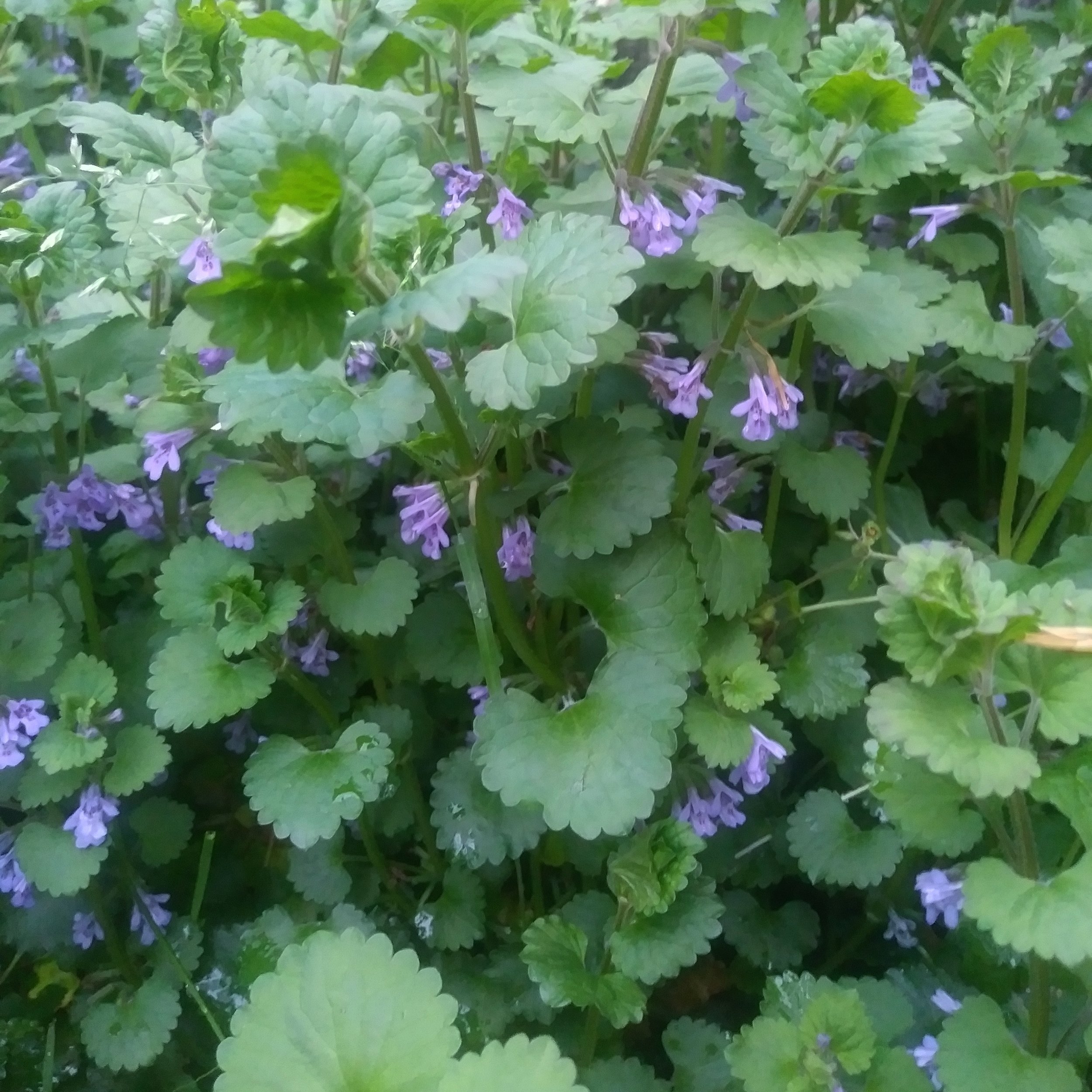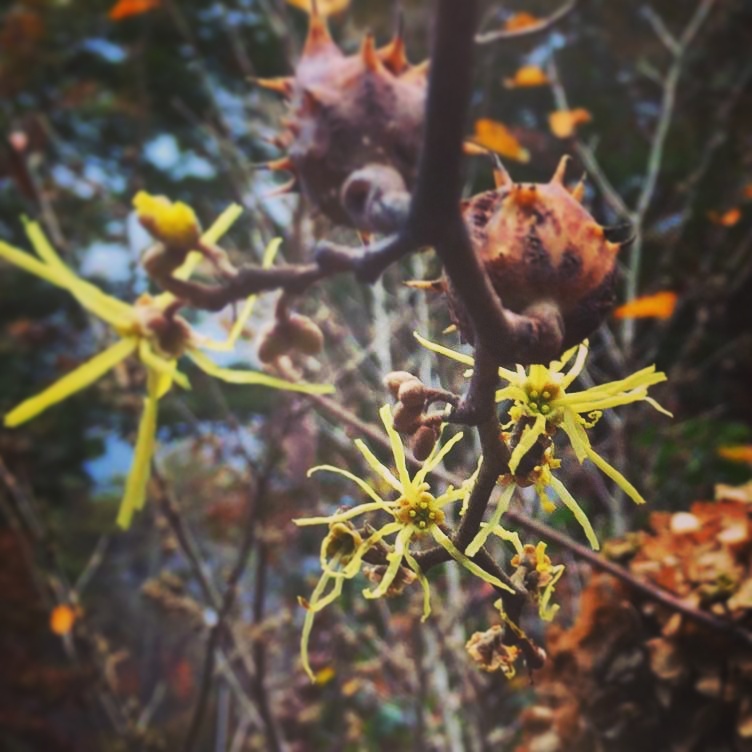Kudzu is a fairly recent addition to the Southern landscape. We all know it’s invasive, but how exactly did it get here? Ironically, kudzu is a rare and treasured plant in its native Japan. It’s cultivated as an ornamental vine in gardens and prized for its purple blooms.
Read moreWild Edible Wednesday 8/19 - Staghorn Sumac
This week’s plant for #WildEdibleWednesday is Rhus typhina, or Staghorn Sumac. Dramatic and exotic-looking with its bright red fruiting bodies, sumac is part of the Anacardiaceae family of plants that includes cashews, mangoes, and pistachios, as well as Brazilian pepper, poison ivy, and poison oak.
Read moreWild Edible Wednesday 6/12 - Broadleaf Plantain
“If you’ve ever taken one of our courses at SARCRAFT, there’s a 100% chance we’ve at least mentioned Plantain, if not shown you how to use it. We’ve always said that if you’re going to learn one edible and medicinal plant, it should be this one.”
Read moreWild Edible Wednesday 5/22 - Oxeye Daisy
“The Greeks dedicated the flower to Artemis, the goddess of femininity, as it was useful for treating women’s issues and was thought to bring fertility. Even today, it’s considered good luck in some circles for women who are trying to get pregnant to leave daisies at the ruins of temples dedicated to Artemis.”
Read moreWild Edible Wednesday 5/1 - Creeping Charlie
“It goes by a weird plethora of alternate names, including Creeping Charlie, Gill-Over-the-Ground, Hedgemaid, Tun-hoof, Runaway Robin, Lizzy-Run-Up-the-Hedge, Catsfoot, and Alehoof. No, not kidding. And don’t ask me how half those names came to be, other than people in the British Isles got bored.”
Read moreWild Edible Wednesday 4/3 - Common Blue Violet
“The violet had great significance to the ancient Athenians, who wove necklaces and garlands out of European sweet violet blossoms for revelers to wear at their wild, wine-fueled spring equinox festivals. They believed violet moderated anger, strengthened the heart, and helped prevent “wine fumes” and next-day hangover headaches. “
Read moreWild Edible Wednesday 1/30 - Striped Wintergreen (Pipsissewa)
“Striped wintergreen’s primary value lies in being a powerful, reliable, year-round medicinal plant. It is a true lifesaving herb in the dead of winter, with a wide range of uses.”
Read moreWild Edible Wednesday 1/23 - Universal Edibility Test
“Today, we’re going to cover one of the most fundamental rules of foraging plants. And really, it’s one of the most useful pieces of wilderness survival knowledge you can have, period.”
Read moreWild Edible Wednesday 1/16 - Dandelion
“The idea that dandelions are a weed is an extremely new one in human history. In America, it only began in the post-WWII years when suburbs began to plague the land.”
Read moreWild Edible Wednesday 1/9 - Leatherleaf Mahonia
“Often overlooked as a bland landscape plant or an semi-invasive shrub, this is, in fact, a valuable medicinal plant with a fascinating backstory that involves plant smuggling and China’s Opium Wars.”
Read more#WildEdibleWednesday 1/2 - Southern Magnolia
“Magnolias aren’t native to the more hilly and mountainous regions of Southern Appalachia, however, they will naturalize here. What that means for us it that nearly every magnolia you see in our area is descended from a tree someone planted.”
Read more#WildEdibleWednesday 11/21 - Ginkgo
“How tough are ginkgoes? Well, they’re one of the few living things to survive the atomic bomb blast in Nagasaki, Japan in 1945.”
Read more#WildEdibleWednesday 11/14 - Sassafras
“…It only takes a modicum of research and critical thinking to draw the conclusion that the modern claim of sassafras as a dangerous carcinogen is a faulty one based on junk science.”
Read more#WildEdibleWednesday 11/7 - American Sweetgum
“If you were around SARCRAFT in the early days, you would have heard Jonathan and I refer to Sweetgum as the most useless tree in the forest, only good for making toothbrushes (which we’ll touch on in a minute.)”
Read more#WildEdibleWednesday 10/31 - Witch Hazel
“Oh, and about that weird name… why is it witch hazel? Well, there are two explanations….”
Read more#WildEdibleWednesday 10/10 - Goldenrod
“Goldenrod gets a bad rap for causing fall allergies, and it’s not surprising why… the bright yellow flower heads look like pure pollen. However, it’s really a case of mistaken identity….”
Read more#WildEdibleWednesday 10/3 - Mullein
“Mullein has a whole host of great uses for bushcrafters and other outdoorsmen, as well. Its most famous and obvious non-medicinal use is as, well, toilet paper. If you’ve ever felt a mullein leaf, it’s a pretty natural idea to use them for this purpose.”
Read more#WildEdibleWednesday 9/12 - Orange Jewelweed
Medicinally, jewelweed really only has one application: Used externally, as a poultice or decoction. However, in this application, it’s fantastic.
Read more#WildEdibleWednesday 9/5 - Kudzu
Although non-native and highly invasive, Kudzu has become as much a part of the South as barbecue, pecan pie, dirt track racing, and smiling and waving at random strangers.
Read more#WildEdibleWednesday 8/22 - Staghorn Sumac
Dramatic and exotic-looking with its bright red fruiting bodies, sumac is part of the Anacardiaceae family of plants that includes cashews, mangoes, and pistachios, as well as Brazilian pepper, poison ivy, and poison oak.
Read more



















